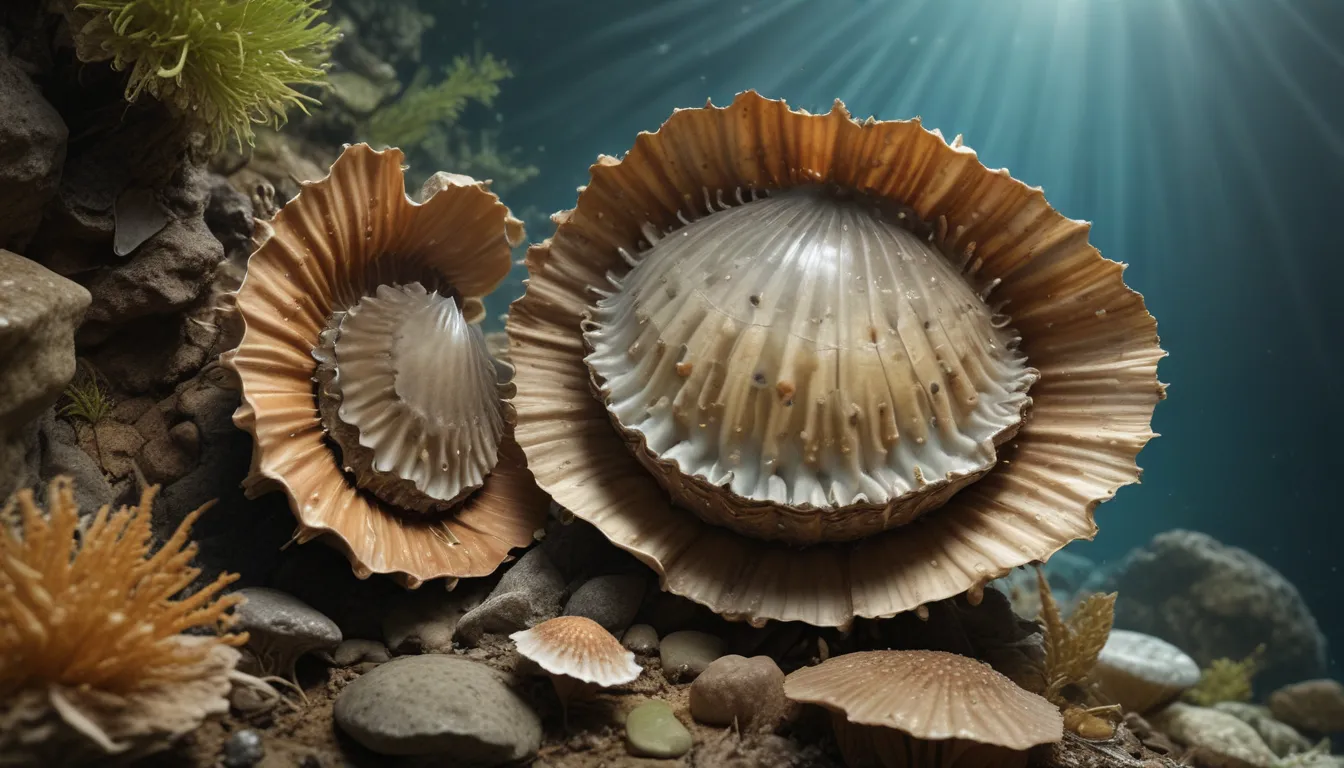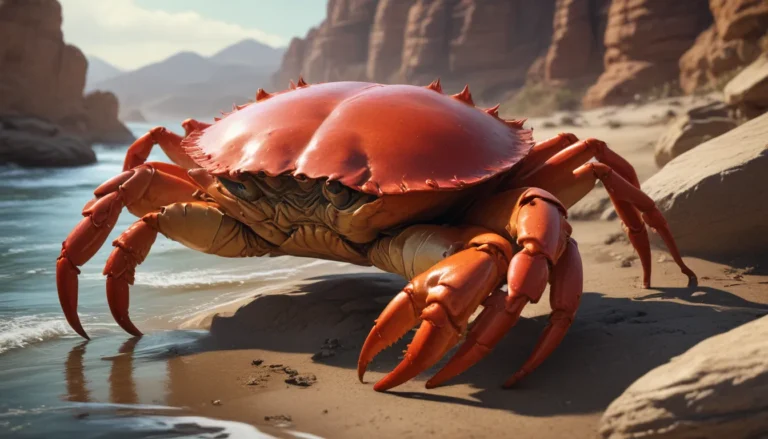The pictures we use in our articles might not show exactly what the words say. We choose these pictures to make you interested in reading more. The pictures work together with the words but don’t take their place. The words still tell you the important facts.
Have you ever marveled at the mysterious world of marine creatures and stumbled upon the enigmatic limpet? These small gastropod mollusks might not be in the spotlight as much as other marine species, but their unique characteristics and lifestyle are definitely worth exploring. Join us on a journey to uncover 20 captivating facts about limpets that will amaze and intrigue you. From their rock-clinging prowess to their extraordinary feeding habits, there's a whole universe of wonders waiting to be discovered in the limpet kingdom!
Delving into the World of Limpets
Limpets are intriguing marine snails belonging to the class Gastropoda, with over 1,200 different species scattered across coastal areas worldwide. These cone-shaped creatures boast a distinctive conical shell that serves as a protective armor against predators and harsh wave action. Their strong muscular foot is their secret weapon, allowing them to cling tenaciously to rocks and other surfaces in their habitat.
Unraveling the Limpet Lifestyle
Despite their small size, limpets play a crucial role in the marine ecosystem by controlling algae growth and serving as a food source for various organisms. Their herbivorous nature is manifested through a unique feeding mechanism involving a scraping motion with their specialized feeding organ, the radula. Limpets' ability to withstand extreme wave action and tolerate long periods out of water is a testament to their remarkable resilience and adaptability.
The Enigmatic Traits of Limpets
Limpets are not just your ordinary marine snails - they possess a myriad of extraordinary traits that set them apart. From their homing instinct, where they return to the same spot on the rock after foraging, to their impressive ability to rotate their shells for even wear and tear distribution, these creatures are full of surprises. Limpets exhibit a unique reproductive method as protandrous hermaphrodites, starting as males and transitioning to females as they mature.
Preservation and Survival
Limpets showcase a slow growth rate, taking several years to reach adulthood, with some species living up to 20 years in the absence of predators. These ancient creatures have survived for millions of years, weathering multiple extinction events with their ability to regenerate damaged tissues and adapt to changing environmental conditions. Their keen sense of smell and eyespot help them navigate their surroundings and detect food sources, ensuring their survival in challenging intertidal habitats.
Embracing the Diversity of Marine Life
As valuable members of the marine ecosystem, limpets contribute to maintaining the balance and health of coastal environments through their grazing activities and provision of sustenance for other marine organisms. Their role in algae control and nutrient cycling underscores the interconnected web of life in our oceans, highlighting the importance of preserving and appreciating the diversity of marine life.
FAQs
- Q: What is a limpet?
A: A limpet is a marine gastropod mollusk with a conical shell that tightly adheres to rocks or other hard surfaces. - Q: How do limpets cling to rocks?
A: Limpets use their muscular foot and the secretion of mucus to create a strong suction-like bond with the surface they inhabit. - Q: How do limpets feed?
A: Limpets feed on algae by using their radula, a specialized feeding organ, to scrape off microscopic plants from the rocks. - Q: Do limpets have any predators?
A: Yes, limpets have several predators, including crabs, birds, fish, and sea stars that can pry them off the rocks or break their shells to access the soft tissues inside. - Q: Are limpets considered pests?
A: While limpets can sometimes cause damage to aquaculture structures or certain types of marine infrastructure, they are generally not considered pests in their natural environments. - Q: Are limpets social creatures?
A: No, limpets are solitary creatures and do not exhibit social behaviors. Each limpet occupies its own little territory on the rock surface. - Q: How long do limpets live?
A: Limpets have relatively long lifespans for their size, with some species living up to 10-15 years. - Q: Can limpets regenerate their shells?
A: Limpets have the ability to repair and regenerate their shells if they become damaged. They use minerals from the surrounding environment to rebuild their protective covering. - Q: Are limpets only found in saltwater?
A: Yes, limpets are exclusively found in marine environments and require saltwater to survive. - Q: Can limpets move from one rock to another?
A: Limpets have limited mobility and usually remain in one location for the majority of their lives. However, they can slowly crawl short distances to find a new spot if necessary.
In conclusion, the enchanting world of limpets unveils a tapestry of remarkable adaptations and survival strategies that provide a glimpse into the intricate balance of marine ecosystems. By delving into the mysteries of these tiny creatures, we gain a deeper appreciation for the diversity and resilience of life in our oceans. So, let's continue to explore and learn about the wonders of the underwater realm, where every creature, no matter how small, has a story to tell and a role to play in the rich tapestry of marine life.






